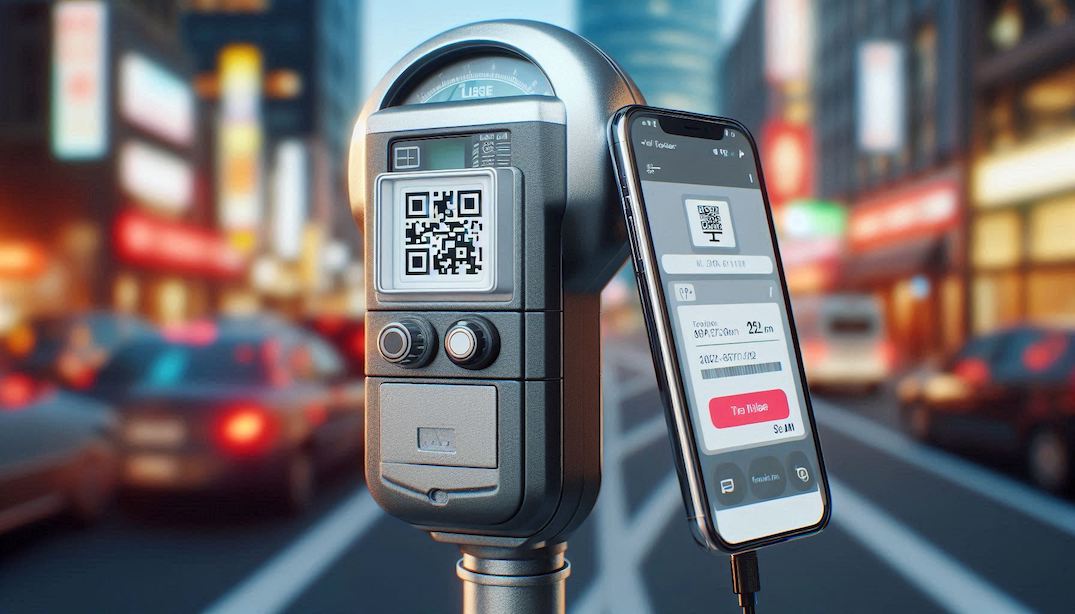
Recently, scammers have increasingly used QR codes as a tool to steal personal information and commit fraud. These scams are becoming more sophisticated and widespread, affecting various locations and platforms.
Common Methods of QR Code Scams:
- Parking Meters and Public Spaces: Scammers place fake QR codes over legitimate ones on parking meters, leading victims to fraudulent payment portals. After scanning, victims believe they have paid, but instead, their payment details are stolen or their vehicle is towed due to non-payment(Better Business Bureau).
- Phishing Scams: Fake QR codes are sent via email or text, leading victims to spoofed websites designed to steal login credentials, personal information, or install malware on their devices (Consumer Advice, pandasecurity.com).
- Cryptocurrency and Romance Scams: Scammers build trust with victims through online relationships and then trick them into scanning QR codes to transfer funds to fraudulent cryptocurrency wallets(Better Business Bureau).
- Fake Website Redirects: In some cases, fake QR codes are placed on physical products or sent via mass emails and social media. When scanned, these codes redirect users to malicious websites that may install malware or steal personal information(ConsumerAffairs,pandasecurity.com).
Locations of Recent Incidents:
- These scams have been reported nationwide, particularly in large cities where QR code usage is high, such as at parking meters, restaurants, and in public advertising(Better Business Bureau, YNHHS).
- Reports indicate an increase in phishing attempts via QR codes in emails and messages across the U.S., as well as incidents in places like restaurants where fake QR codes were used for payment(ConsumerAffairs).

Prevention Tips for Seniors:
- Verify Before Scanning: Always check the authenticity of a QR code, especially in public places. If the QR code looks like it has been tampered with or is on a sticker, avoid scanning it(Better Business Bureau, pandasecurity.com).
- Use Known Contacts: If you receive a QR code from an unknown source or in an unsolicited message, do not scan it. Instead, verify the legitimacy by contacting the company or individual directly through known methods(Consumer Advice).
- Check the URL: When you scan a QR code, your phone usually shows the URL before opening it. Verify that the URL is correct and not a spoofed site with minor misspellings or odd characters(Consumer Advice).
- Use Antivirus Protection: Ensure that your phone and other devices have updated antivirus software that can detect and prevent malware from fake QR code scans(pandasecurity.com).
- Avoid Unnecessary Scanning: Be cautious about scanning QR codes in public or from unsolicited emails, especially those claiming urgency or offering prizes(ConsumerAffairs).
By staying vigilant and following these tips, seniors can reduce the risk of falling victim to QR code scams. If you suspect you’ve encountered a fraudulent QR code, report it to the local authorities or the Federal Trade Commission (FTC).
-Lê Nguyên Vũ-
